
Fleas are the uninvited guests no pet parent wants. These tiny bloodsuckers don’t just make your cat itchy, they can also spread disease and cause serious health problems. If you’ve ever found yourself asking “Do indoor cats get fleas?” or “How did my indoor cat get fleas?” Then, you’re not alone. At EcoPetEssentials, we are worry about our fury babies getting flea infestation and always wonder what’s the right way to get rid of them. You’ll be surprised to knwo that even the most pampered, inside-only cats can end up scratching from fleas. In this blog, we’ll break down what fleas are, how to spot them, and the best ways to treat and prevent them.
So, what do fleas look like? Fleas are small (about 2–3 mm), wingless insects that are brown or reddish. They move fast, jump high, and survive by feeding on blood. The most common flea on cats is called Ctenocephalides felis. The name is definitely a mouthful, but basically just means “cat flea.” Cats of all ages, sizes, and breeds are at risk. Even if your kitty never leaves the couch, fleas can still find their way inside.
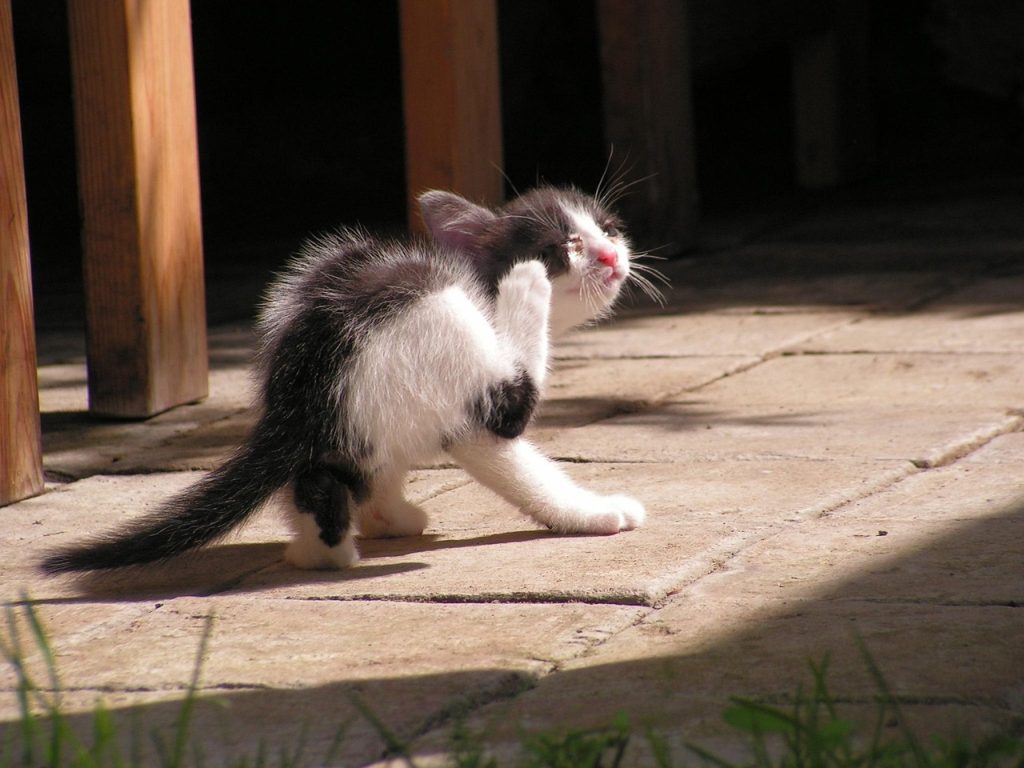
Yes, they absolutely can! Many pet parents wonder: “Can indoor cats get fleas?” or “Can inside cats get fleas?” The answer is yes. Fleas don’t care if your cat is a city apartment dweller or a barn explorer. But how does an indoor cat get fleas? Fleas can hitchhike indoors on your shoes, clothing, or even through screens and cracks. Dogs that go outside can also carry them in. If you’re thinking, “How did my indoor cat get fleas?” You shouldn’t beat yourself up about the how, why, and if it’s your fault. Fleas are sneaky and all you can do is get rid of them.
Are you wondering how to tell if your cat has fleas? You have to look for:
Cats are often allergic to flea bites, which makes the itching worse. You might not know this, but severe infestations can even cause anemia. If your cat seems weak, loses weight, or has pale gums, call your vet right away.
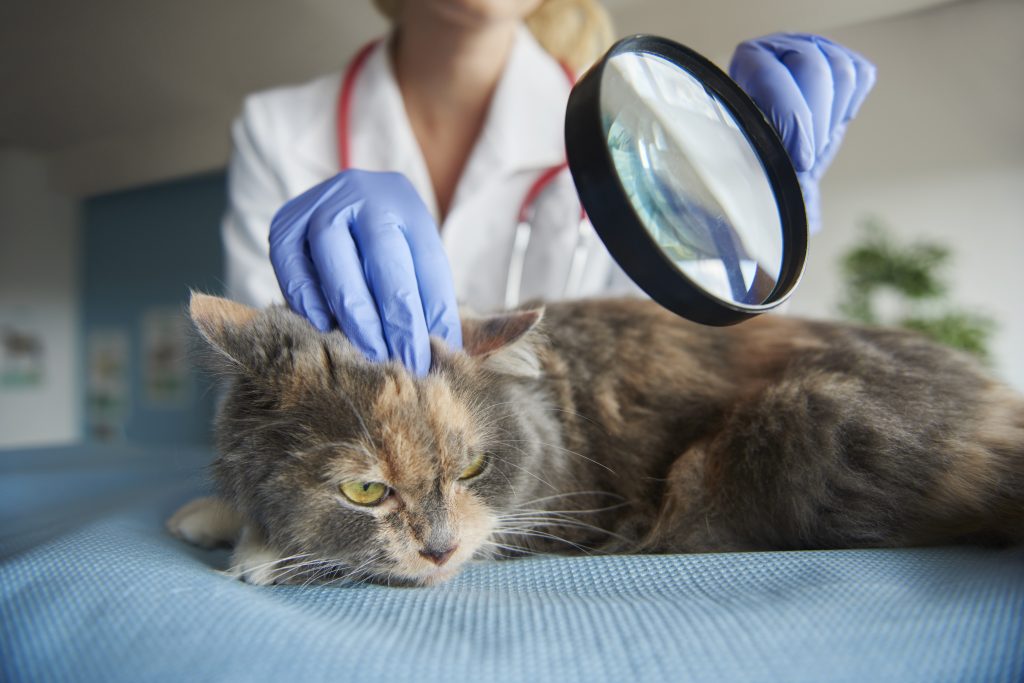
Fleas are survivors. On their own, adult fleas can live anywhere from a few days to two weeks without a host. However, in your carpets, bedding, or furniture, flea eggs and larvae can survive much longer—up to several months! That’s why treating your cat and your home is key.
When it comes to cats and fleas treatment, there are many tools available. Here’s a breakdown:
These cats and fleas treatment are the gold standard. Products like NexGard® COMBO kill fleas, ticks, and even internal parasites. Other trusted options include:
If you’re treating dogs too, the best flea medicine for dogs without a vet prescription is available. However, you should always check that you’re using the right product for each species. For example, K9 Advantix for cats is a no-go, as it’s toxic to felines.
Bathing your cat with flea shampoo can kill fleas on contact. It works well for instant relief, but it doesn’t prevent future infestations. You can pair it with a long-term prescription plan for best results.
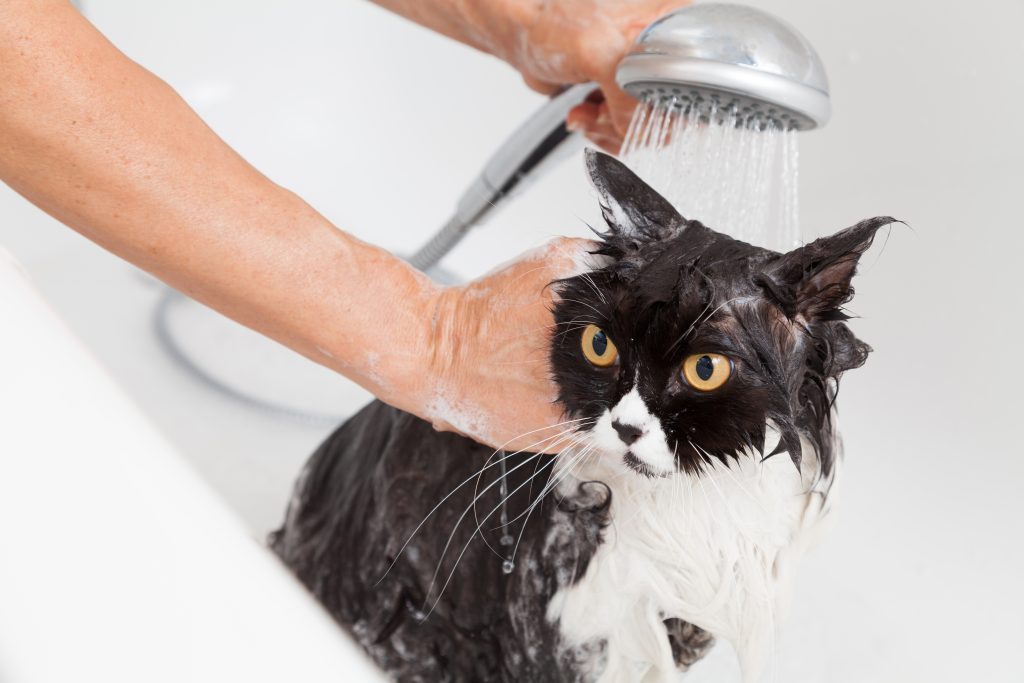
A flea comb helps you manually remove fleas and flea dirt. You can dip the comb in soapy water after each swipe to drown the fleas. You have to do this task every day without fail, as consistency is key when it comes to removing fleas using this method. If you are wondering, “How to Care for a Maine Coon Cat?” then we have the blog for you!
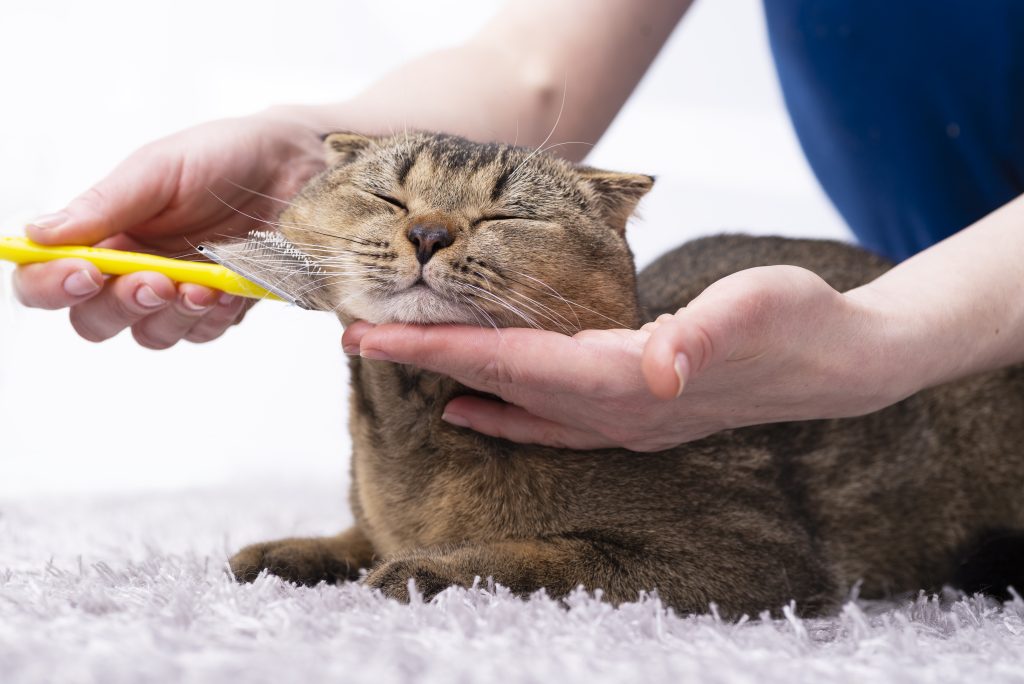
The best flea spray for cats is one designed specifically for feline use. You’ll also find home sprays to treat carpets, rugs, and furniture. Your cat’s environment matters just as much as the cat itself.
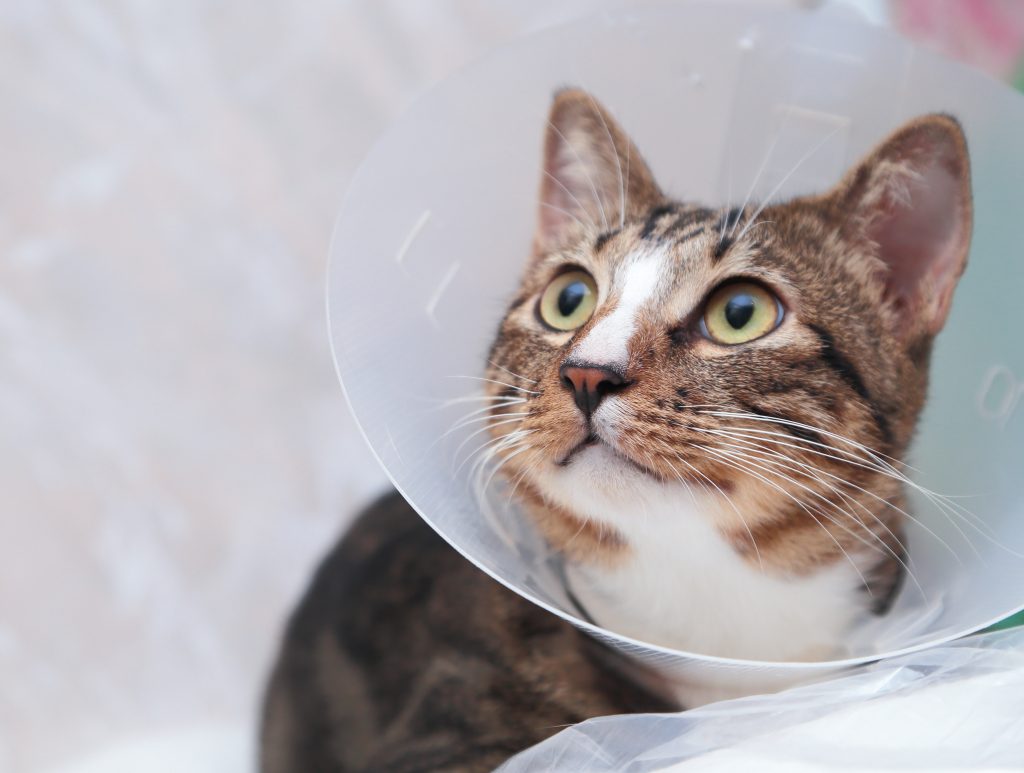
A common DIY question is: Does vinegar kill fleas? The truth is vinegar may repel fleas, but it doesn’t kill them. So, will vinegar kill fleas? No. It might make them jump off your pet, but it won’t solve your problem. You have to stick to proven treatments.
Another big question: how long does flea medicine take to work?
In general, how long does it take for flea medicine to work? Most treatments begin killing fleas within hours, but full protection kicks in after a day. Therefore, you have to keep an eye on your cat.

You have to understand that killing fleas on your cat is only half the battle. You also need to treat the environment:
Persistence is key. Flea eggs can hatch weeks later, so continue treatment for at least three months.
For year-round safety, your vet may recommend all-in-one products like NexGard® COMBO or Simparica Trio for cats. These not only stop fleas but also protect against ticks, heartworm, and intestinal parasites.

If your indoor cat still has fleas after treatment, or if they develop a skin rash, loss of appetite, or lethargy, call your vet. Fleas can transmit tapeworms and Bartonella, and heavy infestations may lead to anemia. Your vet can recommend the right indoor cat flea treatment plan tailored to your pet. And if you need tips on how to care for your Russian Blue cat breed, then you’re at the right place!
So, do fleas live on humans? Not really. They might bite you, but they prefer furry hosts like cats and dogs. The good news is that with the right flea killer, flea shampoo for cats, and prescription preventives, you can protect your pet and your home. Fleas are stubborn, but you’re smarter. You can bookmark Ecopetessentials, as we offer great flea prevention tips and review products that help you get rid of the pesky bloodsuckers. With flea treatment you have to stay consistent, treat all pets, clean your home, and lean on your vet’s advice. Soon, your kitty will be flea-free, comfy, and back to their usual purring self!
➥How harmful are cat fleas to my pet?
Cat fleas can cause skin problems, tapeworms, anemia, and even spread diseases like Bartonella. They can make your cat very sick, especially kittens.
➥Do I need to treat my house if my cat has fleas?
Yes. Only a small number of fleas live on your cat—most are in carpets, bedding, and furniture. Treating your home is key to stopping reinfestation.
➥Can fleas live in human hair?
No, fleas don’t live in human hair permanently. They may bite and hide for a short time but prefer the thick fur of cats or dogs.
➥Should I wash my sheets if my cat has fleas?
Yes. Wash all bedding in hot water and dry on high heat. This kills flea eggs and larvae. Also clean pet bedding and vacuum furniture and carpets.
➥Can fleas live in cat litter?
Yes. Flea eggs and larvae can fall into the litter box. Cleaning and disinfecting the box daily, along with treating your cat, helps stop infestations.

Castiel Smith cares deeply about animals and the planet. He loves sharing tips that help people take better care of their pets while being kind to nature. Whether it’s about eco-friendly pet products or simple ways to take care of your fur babies, Cas loves sharing Behavior & Training Tips.